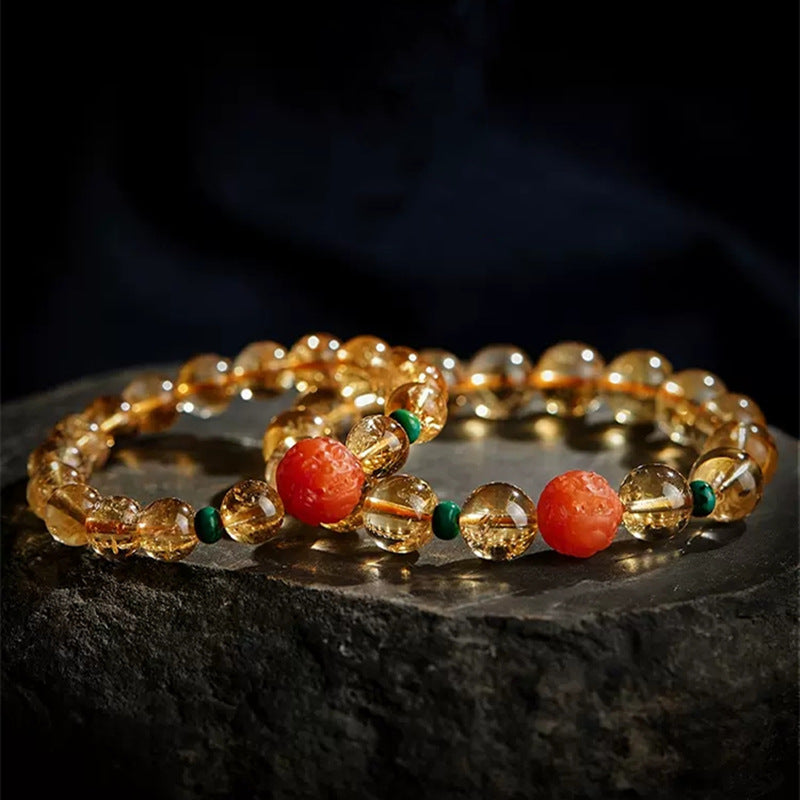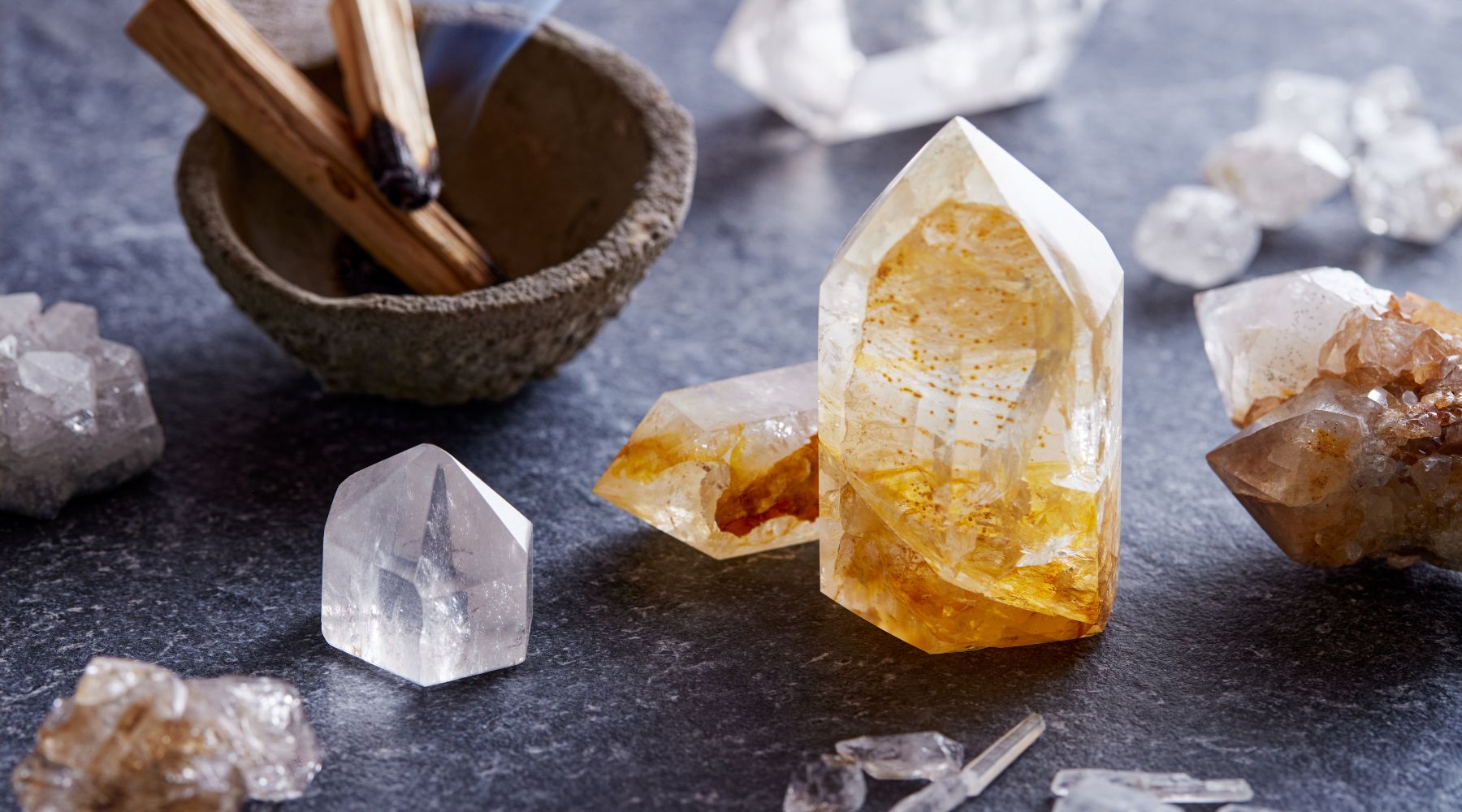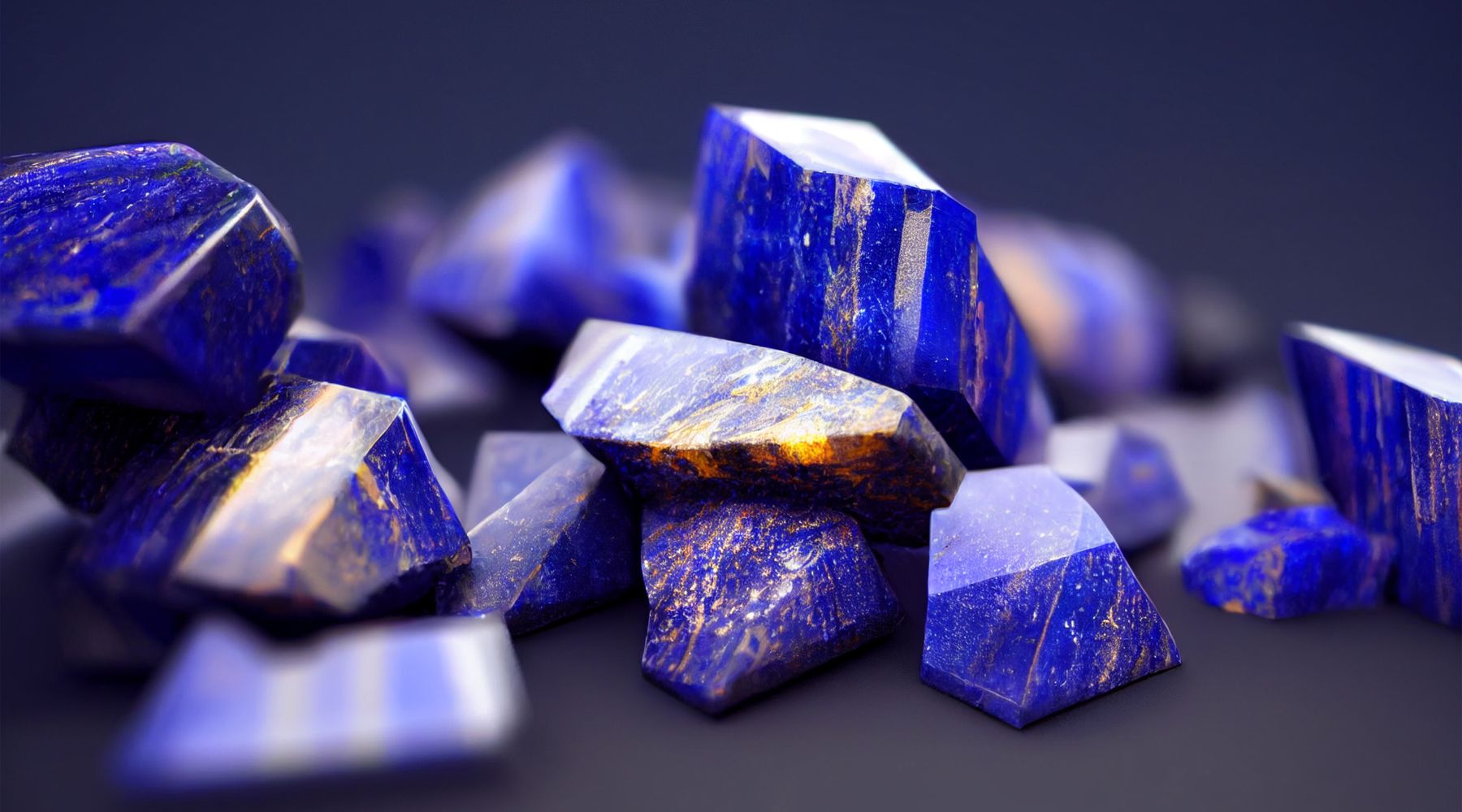Amethyst, a gemstone admired for its stunning purple hue, is more than just a beautiful crystal. Revered throughout history for its protective and healing properties, it holds a special place in various cultural and spiritual traditions. Known as the February birthstone, amethyst continues to captivate enthusiasts and crystal healers alike. This comprehensive guide delves into the rich history, diverse uses, and myriad benefits of amethyst, elucidating why it remains a treasured gemstone today.
The term "amethyst" originates from the Greek word "amethystos," meaning "not intoxicated," indicative of the ancient belief that the stone could prevent drunkenness. Ancient Greeks and Romans wore amethyst amulets and crafted drinking vessels from the stone to stave off intoxication. In ancient Egypt, amethyst was used in jewelry and as a protective stone. During the Middle Ages, it symbolized royalty and was prominently featured in the regalia of kings and the high-ranking officials of the church.
What is Amethyst Used For?
Amethyst's versatile applications span both aesthetic and metaphysical realms. It is widely used in jewelry, prized for its vibrant purple color that ranges from light lavender to deep violet. In home decor, amethyst geodes and clusters serve as stunning display pieces. Beyond its visual appeal, amethyst is esteemed for its purported healing properties. It is often employed in crystal healing to foster calmness, clarity, and equilibrium. Many people place amethyst crystals in their homes or workplaces to cultivate a tranquil and harmonious environment.
The Benefits of Amethyst
Amethyst is celebrated for its extensive benefits, encompassing both physical and metaphysical aspects. It is renowned for its calming influence, which can help alleviate stress and anxiety, making it a popular stone for meditation and relaxation. Additionally, amethyst is believed to enhance intuition and spiritual awareness, serving as a valuable tool for those on a spiritual path. It is also thought to promote restful sleep and is frequently placed under pillows to ward off nightmares and insomnia.
Types of Amethyst
Amethyst exists in several distinct forms, each possessing unique characteristics:
- Chevron Amethyst: Known for its distinctive V-shaped patterns, Chevron Amethyst merges the healing properties of amethyst and white quartz, making it a potent spiritual stone.
- Amethyst Geodes: These hollow rocks are lined with amethyst crystals and are often used as decorative pieces in homes and offices.
- Amethyst Points: Naturally occurring or polished crystal points used in healing rituals and energy work.
- Ametrine: A rare combination of amethyst and citrine, ametrine exhibits both purple and yellow hues and is valued for its dual healing properties.
- Brandberg Amethyst: Sourced from Namibia, this variety is revered for its high vibrational energy and includes a mix of amethyst, clear quartz, and smoky quartz.
- Vera Cruz Amethyst: Found in Mexico, these crystals are typically light in color and have a high, clear vibration, making them excellent for spiritual work.
- Cacoxenite Amethyst: This type contains inclusions of the mineral cacoxenite, enhancing its spiritual properties and making it a powerful stone for transformation and healing.
- Rutilated Amethyst: Characterized by needle-like inclusions of rutile, this variety combines the properties of both amethyst and rutile, offering enhanced energy and insight.
Spiritual Benefits of Amethyst
Amethyst is highly esteemed for its spiritual benefits. It is believed to open and activate the third eye and crown chakras, enhancing spiritual awareness and psychic abilities. This makes it a favored stone for meditation, as it aids in achieving deeper states of consciousness. Amethyst is also thought to provide protection from negative energies and psychic attacks, creating a protective shield around the wearer.
Amethyst's Color Energy and Chakra Correspondence
Amethyst's rich purple color is associated with the crown chakra, located at the top of the head. This chakra is linked to spiritual connection, higher consciousness, and enlightenment. By stimulating the crown chakra, amethyst helps enhance spiritual growth and awareness. The stone's soothing energy also resonates with the third eye chakra, promoting intuition and inner peace.
Occasions to Use Amethyst
Amethyst's versatility allows it to be used in various settings and occasions. It is commonly used in meditation spaces to enhance spiritual practice. Placing amethyst in the bedroom can promote restful sleep and prevent nightmares. It is also used in workspaces to create a calm and focused environment. Amethyst jewelry, such as necklaces, bracelets, and rings, enables one to carry the stone's protective and calming energy throughout the day.
February Birthstone: Amethyst
As the birthstone for February, amethyst is a popular choice for those born in this month. It is said to bring courage, strength, and clarity to those who wear it. The stone's calming properties make it an ideal gift for individuals seeking balance and tranquility in their lives. Amethyst jewelry is a thoughtful and meaningful gift for February birthdays, symbolizing peace and inner strength.
Conclusion
Amethyst, with its rich history and multitude of benefits, continues to enchant and inspire. Whether used for its aesthetic appeal, healing properties, or spiritual significance, this beautiful crystal remains a beloved gemstone. By incorporating amethyst into your life, you can enjoy its calming energy, enhance your spiritual practice, and benefit from its protective qualities. Embrace the magic of amethyst and discover its timeless allure.








Leave a comment
All comments are moderated before being published.
This site is protected by hCaptcha and the hCaptcha Privacy Policy and Terms of Service apply.